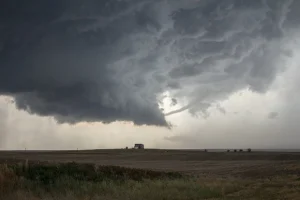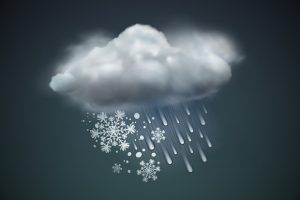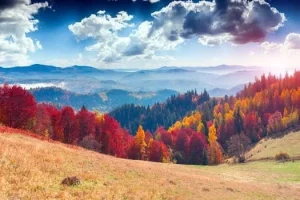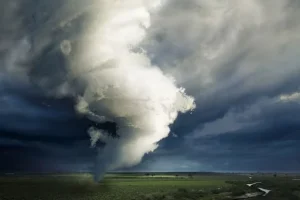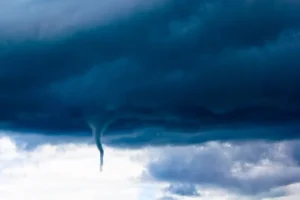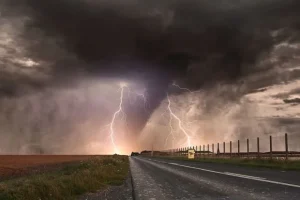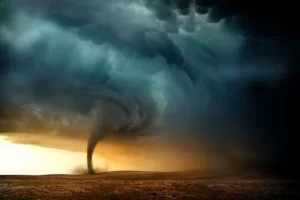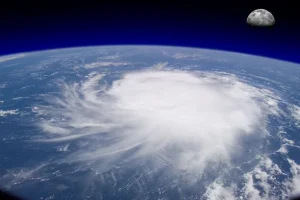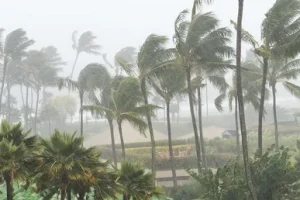Category: Meteorology
Is a Cloud Gas or Liquid? Answer: A cloud is made of tiny liquid water droplets and sometimes ice crystals, not gas. Even though clouds float in the sky …
How Do Oceans Affect Climate? Answer at a Glance: Oceans affect climate by moving heat around the planet, absorbing carbon dioxide, and releasing moisture into the air. They act …
What’s a Microclimate? Answer at a Glance: A microclimate is a small area where the weather is different from the surrounding region. It can be warmer, cooler, wetter, or …
How Do Supercell Thunderstorms Form? Answer at a Glance: Supercell thunderstorms form when warm, moist air near the ground rises and meets cool, dry air higher up—but with a …
Why Does It Snow Instead of Rain? Answer at a Glance: It snows instead of raining when the temperature in the clouds and all the way to the ground …
Why Is It Hotter in Summer and Colder in Winter? Answer at a Glance: It’s hotter in summer and colder in winter because of the tilt of Earth’s axis, …
Why Is the Sky Blue During the Day? Answer at a Glance: The sky is blue during the day because sunlight scatters off air molecules in all directions, and …
What Clouds Produce Rain? Answer at a Glance: Rain usually falls from nimbostratus and cumulonimbus clouds, which are thick, heavy, and full of moisture. If you’ve ever been caught …
What Is Fog? Answer at a Glance: Fog is a type of cloud that forms at ground level when air near the surface cools and water vapor condenses. When …
What Are the Names of All the Cloud Types? There are many types of clouds, but they all fit into a system of Latin names based on how they …
How Do Clouds Form? If you’ve ever watched clouds float across the sky, you might have wondered how they get there in the first place. Clouds form when invisible …
What Are Clouds Made Of? Clouds are made of tiny water droplets or ice crystals that float in the air. Even though they look soft and fluffy like cotton, …
How Long Do Tornadoes Last? Most tornadoes last only about 10 to 20 minutes and travel a few miles before fading away. However, some of the strongest tornadoes—called long-track …
How Do Tornadoes Get Their Spin? Tornadoes get their spin from wind shear, which means winds blowing at different speeds or directions at different heights in the atmosphere. This …
How Do Tornadoes Dissipate? Tornadoes are fast, furious, and often frightening. But no matter how strong they are, every tornado eventually comes to an end. So what causes a …
How Do Meteorologists Predicts Tornadoes? Tornadoes are powerful, fast, and dangerous. They can destroy buildings, flip cars, and appear with little warning. So how do meteorologists predict them in …
What Causes Tornadoes to Form? Tornadoes are some of the most powerful and unpredictable storms on Earth. But have you ever wondered what actually causes them to form? Tornadoes …
How Are Hurricanes Formed? Hurricanes form through a complex series of atmospheric and oceanic interactions that transform clusters of thunderstorms into powerful tropical cyclones. These storms require a specific …
What’s the Difference Between a Hurricane, Typhoon, and Cyclone? Hurricanes, typhoons, and cyclones are the same type of storm—a powerful tropical cyclone—but are named differently based on where they …
Why Do Hurricanes Weaken Over Land? Hurricanes weaken over land primarily because they are cut off from their main energy source: warm ocean water. Once over land, a hurricane’s …




